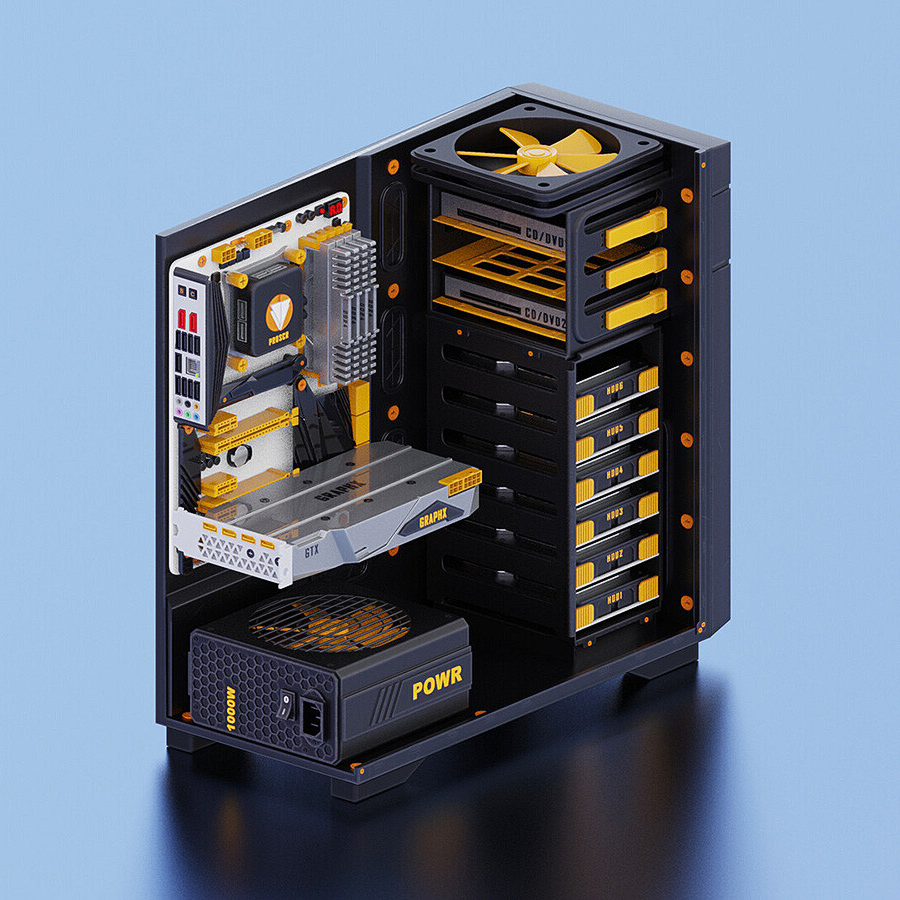
Theres a crappy table that looks like an ad in the middle and only shows like 3 at a time across 16 pages
Igor Forgor

Theres a crappy table that looks like an ad in the middle and only shows like 3 at a time across 16 pages


Assuming 25% efficiency, 25% of the sunlight will be converted into electricity. However, once that energy gets used later, most of it will be converted into heat, one way or another. The main way that it will decrease heat being released into the atmosphere is by replacing less efficient methods of energy generation.
For example, it you normally heat a house with a 90% efficient gas burner to generate 900W of heat on average, you are burning enough gas to generate 1000W of heat on average throughout the day. Lets also say the house gets 4000W of heat across its roof on average throughout the day. Thats 5000W of heat being released into the atmosphere total.
Lets now say you convert to solar panels and now get 25% of that energy from the sun converted to electricity, then into heat in the house. Electric heating is essentially 100% efficient, so you get 3000W of sunlight converted directly to heat in the panels, 1000W of electricity which is also turned into heat in the house = 3900W of heat + 100W of extra electricity (turned into heat elsewhere). The 1000W of gas gets eliminated completely.
It probably wont be anywhere near the numbers listed here and batteries will play a huge role in averaging out these numbers due to varying generation and use throughout the day. Additionally this doesnt account for things like cars and othergas based systems which wont / cant be replaced economically, other technologies like radiative cooling paint, and the fact that global temperatures will likely continue to rise due to the continued release of co2 and other gases. It might slightly slow things down though
Converting electricity generation to renewable alone isnt enough to reverse global warming, it would also require converting systens which use gas and other fossil fuels to electric


If it were a cap it could be fine without out. It looks like a diode or fet though; just because there’s a bunch doesnt mean there’s redundancy. There’s something that isn’t working properly, you just don’t know it yet. Double check you are operating at full 16x on the gpu pcie slot. They could also be ESD protection diodes, in which case the mobo will run fine without it as long as you don’t shock the crap out of it


Non perishable snacks
No, due to poor design the fan motor ripped itself apart and the distributor took a week just to ship the replacement which cost $100